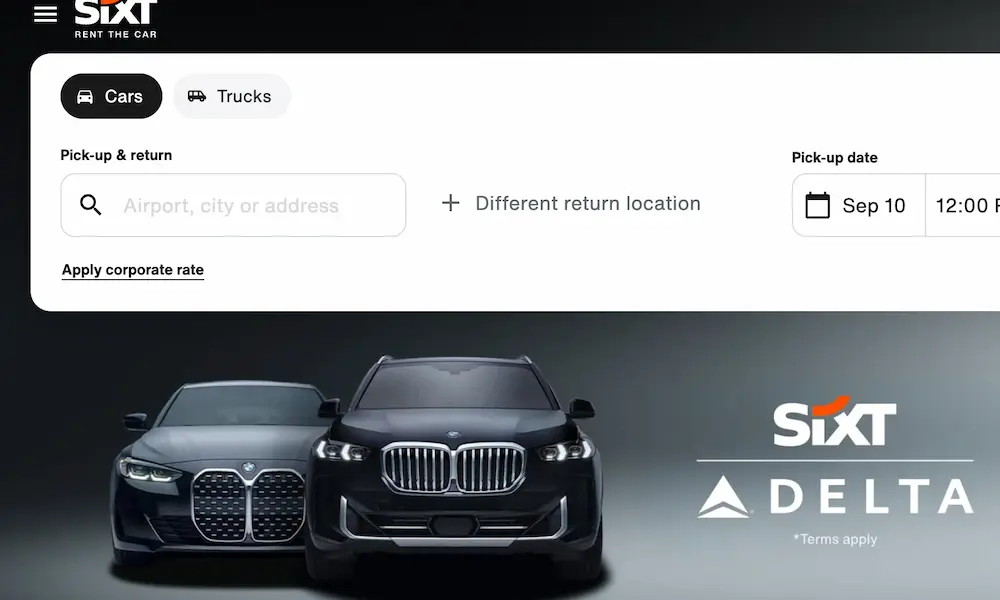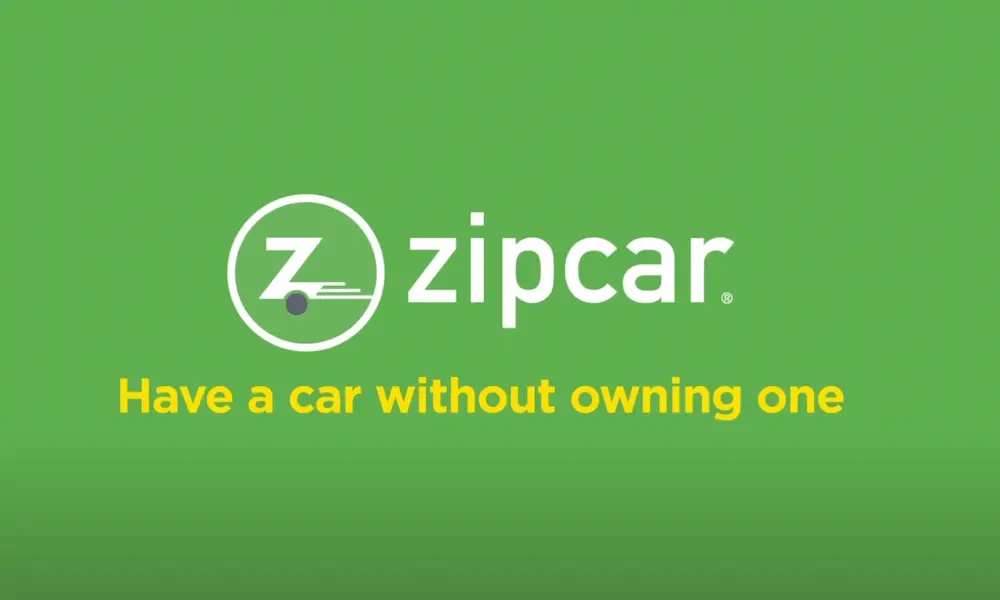Being involved in a car accident is stressful enough, but worrying about transportation while your car is repaired adds another layer of inconvenience.
Thankfully, if you’re not at fault, you may be eligible for rental car reimbursement through the at-fault party’s insurance policy. This means that the cost of your rental vehicle could be covered until your car is back on the road.
Understanding Rental Reimbursement Coverage
When you’re involved in a vehicular mishap, not being at fault doesn’t leave you stranded. Rental reimbursement coverage can be your lifeline, affording you a temporary set of wheels while your own car is out of commission.
What Is Rental Car Reimbursement?
Rental car reimbursement is a feature of your auto insurance policy that takes care of the expenses for a rental car when your vehicle is undergoing repairs due to an insured incident.
This type of coverage is crucial if you rely on your car daily and need uninterrupted mobility.
It’s important to note that this coverage is activated when the cause of the car’s unavailability is covered by either your comprehensive coverage or collision coverage.
- Comprehensive coverage: Handles damages to your car from non-collision events like theft, vandalism, or natural disasters.
- Collision coverage: Takes care of damages from accidents involving another vehicle or an object, like a tree or guardrail.
The coverage limit is a significant aspect of rental reimbursement, as it dictates the maximum amount your insurer will pay for the rental. Typically, these limits are set per day and per incident.
For example, your policy may cover up to $30 per day for a rental car, with a maximum of $900 per claim.
Rental Coverage as Optional Insurance
Adding rental coverage to your auto policy is a choice that brings peace of mind, especially if you don’t have access to alternative transportation.
It’s considered optional coverage, meaning it’s not required by law but offered by insurers for those who seek extra protection.
You’ll find that this add-on is quite affordable compared to the potential out-of-pocket rental fees you might face without it.
- Optional coverage: Enhancement to the standard insurance policy that provides additional benefits at an extra cost.
To activate your rental coverage, you’ll typically need to be not at fault in an incident or carry the appropriate comprehensive or collision coverage.
Always double-check the specifics with your insurer to ensure you understand your policy’s scope and how to use your coverage if you need it.
Determining Eligibility and Coverage
When you’re in an accident and you’re not at fault, you may be eligible for rental car reimbursement. Your coverage is dictated by the specifics of your insurance policy and the nature of the accident.
At-Fault vs. Non-Fault Accidents
In non-fault accidents, the insurance company of the at-fault driver typically covers rental costs for your temporary vehicle.
However, if liability is in question or if the at-fault party is uninsured, your own rental car coverage may step in. It’s crucial to understand your policy limit; this is the cap on how much you can spend per day or per rental period on a rental car.
Insurance Company Policies
Each insurance company has different policies regarding rental car reimbursement. For instance, some policies include rental reimbursement coverage, while others offer it as an optional add-on. You must review your policy or speak directly with your insurance agent to confirm the specifics of your rental car coverage.
Limits on Rental Reimbursement
Rental reimbursement typically comes with daily and per-claim limits. These limits may range from, for example, $25 per day up to a total of $750 per accident claim.
It is important to choose a rental car within these limits to avoid out-of-pocket expenses. Remember, these limits are not the same across all insurance companies, so check your declarations page or ask your insurer about your particular limits.
The Claims Process
Navigating the claims process after you’ve been involved in a car accident can feel daunting, but understanding the essential steps can make it much more manageable. Here’s your guide to filing the claim, coordinating with rental companies, and handling repairs or replacement without stress.
Filing the Claim
Your first step in the claims process is to gather all necessary insurance information.
If the car accident wasn’t your fault, obtain a police report to support your claim. Contact the at-fault party’s insurance provider to initiate the claim. Providing complete and accurate information will expedite the process. Remember to:
- Collect insurance details from the other driver.
- Secure a copy of the police report for your records.
- Notify your own insurance company, even if you’re not at fault.
Dealing with Rental Companies
While your car is unavailable, dealing with rental companies like Enterprise or Hertz is crucial to ensure you stay mobile. Consult your insurance policy to confirm if it includes rental car reimbursement coverage. If it does, here are your action points:
- Contact the approved rental company as specified by your insurer.
- Understand the terms of your coverage, such as the daily limit on rental costs.
- Save all receipts and agreements from the rental company for reimbursement purposes.
Handling Repairs and Replacement
Once your claim is approved, you will have to navigate through both repairs and potentially replacement if your car is deemed a total loss. Work with your insurance adjuster to identify a reputable repair shop. When dealing with repairs, ensure:
- You choose a repair shop that offers a warranty on their work.
- The repairs meet your satisfaction before closing the claim.
If a replacement is necessary, your insurer will guide you through the valuation and settlement process to equip you with the means to purchase a replacement vehicle. Keep in mind:
- Fair compensation should reflect the value of your car before the accident.
- You have the right to negotiate the settlement offer if it seems inadequate.
Financial Considerations
Navigating the financial aspects of rental car reimbursement when you’re not at fault is crucial to ensuring you are not left out of pocket. It’s important to understand how policy limits and managing out-of-pocket costs can impact your wallet.
Understanding Policy Limits
Each insurance policy has a daily limit and a per claim limit for rental car reimbursement. The daily limit is the maximum amount your insurance will pay for each day of rental car use.
For instance, if your policy specifies a $30 daily limit, this is the maximum you can spend per day on a rental after an accident. Similarly, the per claim limit is the total amount the insurance company will shell out for the entire rental period while your car is being repaired.
It’s essential to check your policy to see exactly what your limits are to avoid unexpected rental car costs.
Managing Out-of-Pocket Costs
Out-of-pocket costs are expenses not covered by your insurance policy. To manage these costs effectively:
- Review your insurance policy’s deductible; if it’s high, you may pay more out-of-pocket before insurance kicks in.
- Understand that any security deposit or additional fees not included in your policy will be your responsibility.
- Use a credit card that offers rental car insurance as an additional coverage to help lower the financial burden.
- Keep in mind that rental car expenses can quickly add up, so try to find a rental within the insurance coverage limits to minimize out-of-pocket expenses.
Practical Tips for Renters
When you find yourself needing a rental car due to an accident that wasn’t your fault, it’s important to understand how to navigate the claims process efficiently and cost-effectively.
This will ensure you get the most out of your rental reimbursement benefits while keeping your additional expenses low.
Maximizing Rental Reimbursement Benefits
First, you’ll want to thoroughly review your insurance policy to determine your rental reimbursement coverage. This includes understanding the limits in terms of the daily rate and the total amount covered under your policy.
For example, your policy might cover up to $30 per day for a rental car, with a maximum of $900 per claim. It’s important to find a rental car that fits within these limits to avoid paying out of pocket.
To streamline the claims process, document all interactions and keep a precise record of your mileage and any routine maintenance required during your rental period. If the daily rate of your chosen rental is below your policy’s limit, save the difference; it could cover other transportation expenses like gas.
Minimizing Rental Expenses
Renting a car that meets, rather than exceeds, your needs can significantly reduce your costs. For instance, if you’re entitled to a daily rental rate of $50, opting for a vehicle that costs $30 per day not only fits within the budget but can also save you money on gas due to potentially better fuel efficiency.
Be mindful of mileage caps on your rental agreement to avoid additional charges. If your routine requires substantial driving, seek rental agreements with generous or unlimited mileage. Always return the car with a full tank, per your rental agreement, to prevent exorbitant refueling charges.
Conclusion
When you’re involved in an accident where you’re not at fault, understanding the intricacies of rental car reimbursement can be a significant relief. Your right to a rental car typically hinges on the terms of your insurance policy or the coverage held by the at-fault party. It’s important to check your policy for the specifics of rental reimbursement, including daily and maximum limits.
Keep in mind that while your car is being repaired, you can seek rental car costs through the at-fault driver’s liability insurance, or if unclear, through your own rental car reimbursement coverage. Often, these policies come with limits, such as a preset number of days or a daily rate capping the expenses.
Here’s a quick checklist to help you navigate:
- Confirm the details of your rental reimbursement coverage
- File a claim with your insurance or the at-fault party’s insurer
- Understand the limits: there’s usually a daily and a total maximum you can claim
Patience will be your best friend through this process. Staying informed and proactive will ensure that you’re back on the road with as little hassle as possible. Remember, you shouldn’t have to bear the burden of transportation costs due to someone else’s mistake.















